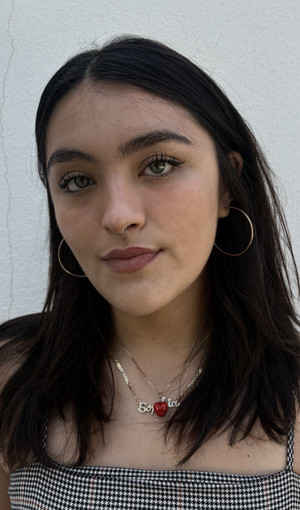Funding the Arts: The Feasibility of Adopting Alternate Frameworks
Written by Sophia Plancich
Published on September 27, 2024
Art institutions in Florida are facing significant challenges due to recent policy changes. In May 2024, Florida Governor Ron DeSantis utilized his veto to cut the state arts budget from $32 million to zero. These cuts place immense pressure on cultural institutions, which must now explore alternative funding models to maintain their roles as vital spaces for informal learning and cultural engagement. In a study by Wilkerson et al., "Using the arts to pay for the arts: A proposed new public funding model" (2012), alternative funding strategies for art programs in the United States are explored, specifically addressing the limitations of inadequate and unstable public or government funding. Wilkerson argues that the current reliance on congressional appropriations and donor-based funding mechanisms is insufficient and unsustainable, particularly given the political climate surrounding art funding. The paper presents an innovative framework for diversifying financial support, proposing models that allow art institutions to generate revenue independently through user fee (or tax) systems. This approach would create a more reliable source of funding by drawing from both for-profit and non-profit sectors within the arts, ensuring greater stability for institutions.
Wilkerson’s proposal builds on gaps in existing literature, underscoring the urgent need for more stable and consistent financial backing for art programs. The study points to international examples, such as funding models in Canada, Belgium, and France, where taxes on blank media (cassettes, CDs, DVDs, and music players) have been used to support the arts. This model, originally designed to protect artists from financial losses due to illegal copying, has been effective in generating revenue by levying taxes on blank media, ensuring that artists are fairly compensated for their work. Although initially focused on the music industry, the principles behind this approach could be adapted to broader artistic fields, providing a stable funding source without relying solely on public allocations.
In addition to the blank media tax, Wilkerson et al. propose the implementation of small user fees for a variety of art and entertainment consumption activities. Fees could be applied to performing arts tickets, song downloads, and visual artworks. The revenue from these fees would be managed by a quasi-public agency, tasked with redistributing the funds back to art institutions. However, this strategy also raises concerns. Shifting the financial burden to consumers may discourage public participation in the arts, particularly in lower-income communities, and could further exacerbate barriers to access.
While Wilkerson’s research offers valuable insights into alternative funding models, it also raises critical questions about the role of government in supporting the arts. Should governments be more accountable for ensuring that cultural programs receive consistent, sustainable funding? Or is it feasible to expect art institutions to rely more heavily on consumer-driven models and private-sector partnerships? While the proposed solutions offer creative ways to keep art programs afloat, they may also place added responsibility on individual patrons, who may not have the financial means to adopt these costs.
With these concerns in mind, I am left questioning the future of art institutions in states like Florida, where public funding is not only uncertain but diminishing. Should the financial burden of supporting the arts fall to individuals through additional taxes or user fees, absolving policymakers of responsibility? Is this merely a temporary solution, or could it have long-term implications for the accessibility and sustainability of art programs? As these debates continue, it becomes increasingly clear that the future of art institutions may depend on finding a balance between public and private funding, while ensuring that the arts remain accessible to all.
References:
Andrade, S. (2024) DeSantis’s cuts to arts funding put pressure on schools, rural areas. The Washington
Post. https://www.washingtonpost.com/entertainment/art/2024/09/04/desantis-florida-art-funding-cuts/
Wilkerson, M. (2012). Using the arts to pay for the arts: A proposed new public funding model. The Journal of Arts Management, Law, and Society, 42(3), 103-115.






